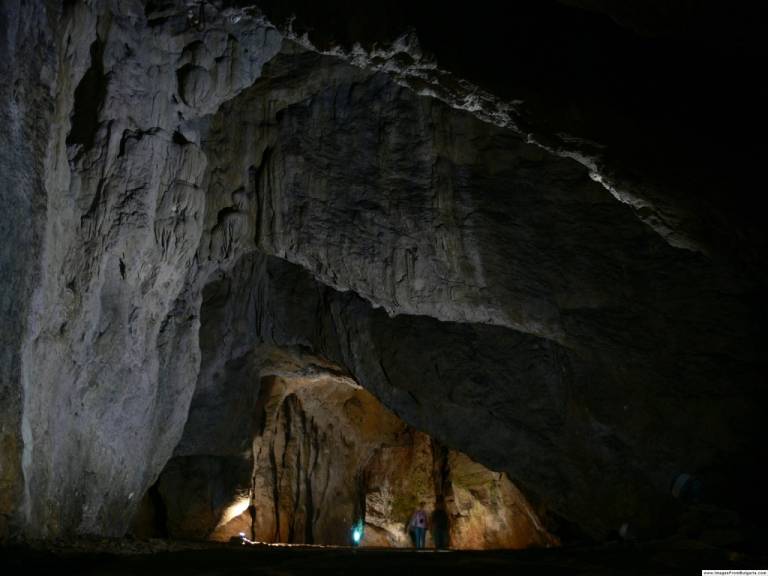Increase in carnivore remains with human modification in Bulgarian cave, 45,000 years ago
12 October 2021
The behavioral dynamics underlying the expansion of Homo sapiens into Europe remains a crucial topic in human evolution. Owing to poor bone preservation, past studies have strongly focused on the Initial Upper Paleolithic (IUP) stone tool record.

The behavioral dynamics underlying the expansion of Homo sapiens into Europe remains a crucial topic in human evolution. Owing to poor bone preservation, past studies have strongly focused on the Initial Upper Paleolithic (IUP) stone tool record. Recent excavations and extensive radiocarbon dating at Bacho Kiro Cave (Bulgaria) pushed back the arrival of IUP H. sapiens into Europe to ca. 45,000 years ago. This site has exceptional bone preservation, and we present the study of 7431 faunal remains from across two IUP layers (I and J) and one Middle Paleolithic layer (K). We identified a shift in site use and occupation intensity through time, marked by increased find density and human modifications in Layer I. Alongside a decrease in carnivore presence and seasonality data demonstrating human presence in all seasons, this indicates a more frequent or prolonged occupation of the site by IUP groups. Contrarily, the dietary focus across the IUP and Middle Paleolithic layers is similar, centered on the exploitation of species from a range of habitats including Bos/Bison, Cervidae, Equidae, and Caprinae. While body parts of large herbivores were selectively transported into the site, the bear remains suggest that these animals died in the cave itself. A distinct aspect of the IUP occupation is an increase in carnivore remains with human modifications, including these cave bears but also smaller taxa (e.g., Canis lupus, Vulpes vulpes). This can be correlated with their exploitation for pendants, and potentially for skins and furs. At a broader scale, we identified similarities in subsistence behavior across IUP sites in Europe and western Asia. It appears that the first IUP occupations were less intense with find densities and human modifications increasing in succeeding IUP layers. Moreover, the exploitation of small game appears to be limited across IUP sites, while carnivore exploitation seems a recurrent strategy.
Subsistence behavior during the Initial Upper Paleolithic in Europe: Site use, dietary practice, and carnivore exploitation at Bacho Kiro Cave (Bulgaria)
Geoff M. Smith, Rosen Spasov, Naomi L. Martisius, Virginie Sinet-Mathiot, Vera Aldeias, Zeljko Rezek, Karen Ruebens, Sarah Pederzani, Shannon P. Mc Pherron, Svoboda Sirakova, Nikolay Sirakov, Tsenka Tsanova, Jean-Jacques Hublin
DOI: 10.1016/j.jhevol.2021.103074
 Close
Close

